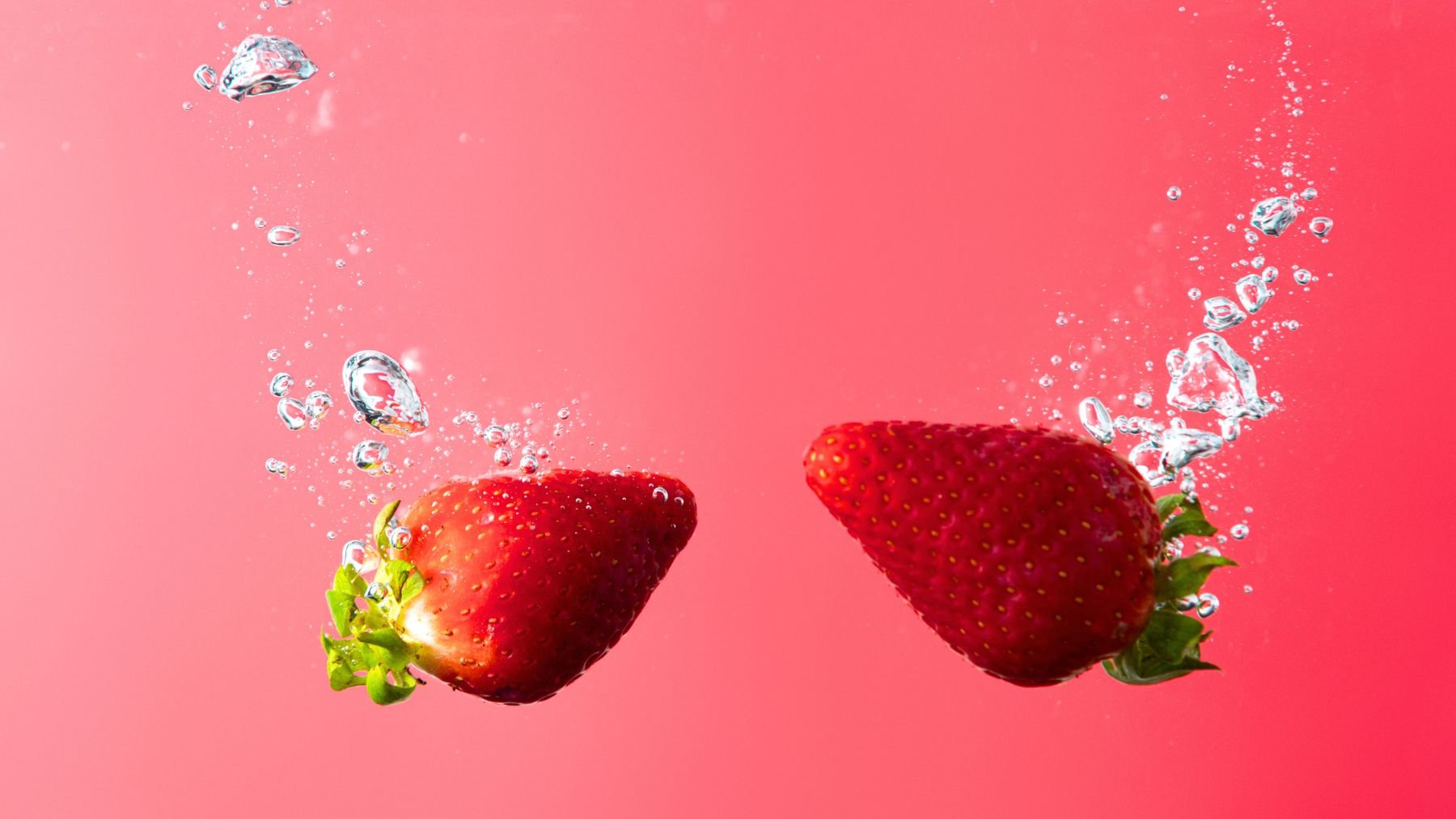Strawberries are one of the most popular and widely eaten fruits in the US, but they also tend to carry more residue, dirt, and hidden pests than many people expect. Because they’re soft, porous, and often eaten raw, it’s important to wash them well.
Some people rely on water, others reach for vinegar or baking soda. But there’s one method that’s been getting attention for a different reason: salt water. Here, we’ll explain how to use salt to clean strawberries, what it helps with, and walk through a few other safe and easy methods to remove surface residue. Let’s begin.
How to use salt water to clean strawberries
Washing strawberries with salt water isn’t new, but it’s gotten more attention lately thanks to viral videos showing small bugs surfacing from the fruit during a soak. That’s because strawberries, like other fruits, can contain tiny insects—often fruit fly larvae or similar—that are harmless but unappetizing. These bugs are allowed in small amounts under FDA guidelines, but many people prefer to rinse them off when possible.
Soaking strawberries in salt water helps dislodge these pests. It can also help remove traces of dirt or surface debris without damaging the fruit. To try this method, mix about 1 teaspoon of salt per cup of warm water, let the water cool, and then soak your strawberries for at least five minutes. After that, rinse the berries well with cool tap water and pat them dry with a paper towel.
This method isn’t just about bugs. Salt helps loosen surface material without leaving a chemical aftertaste, and it’s a simple step if you’re prepping a batch of berries to eat, bake with, or serve. Just make sure not to leave them soaking too long, as strawberries are delicate and can become mushy.
Other ways to wash strawberries safely
Salt water isn’t your only option for cleaning strawberries, and you might prefer a different method depending on what you’re trying to remove. Here’s a quick rundown of other effective ways to clean your berries before eating them:
- Cold water rinse: The simplest method is to rinse your strawberries under cold running tap water for 10–20 seconds. This removes most dirt and some pesticide residue and is enough for everyday use if you’re short on time.
- Vinegar soak: Mix 1 part white or apple cider vinegar with 3 parts water and soak the berries for 5 to 20 minutes. This helps cut down on bacteria and pesticide residue. Rinse thoroughly afterward to avoid any vinegar taste.
- Baking soda solution: Add 1 teaspoon of baking soda to 4 cups of water and soak the strawberries for about 5 minutes. Then rinse well. This helps remove dirt and residue without affecting flavor.
- Skip the produce washes: The FDA doesn’t recommend using soap or commercial produce washes on fruit. These products may leave a residue and aren’t more effective than water or a basic kitchen ingredient like vinegar or salt.
Each of these methods has its benefits. If you’re mainly concerned about taste or pesticide residue, water, vinegar, or baking soda might be your go-to. If you want to feel confident about getting rid of bugs, salt water is a smart choice.

